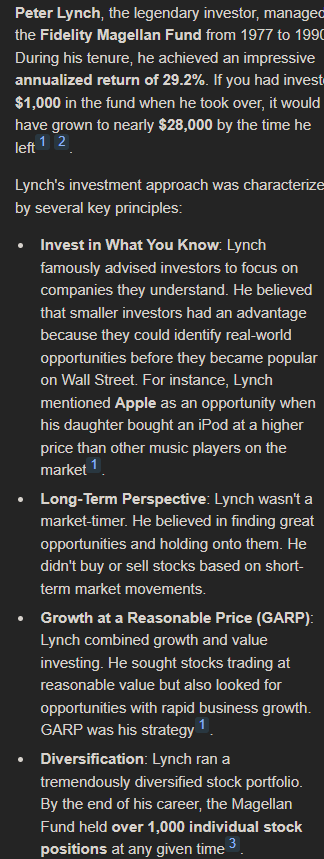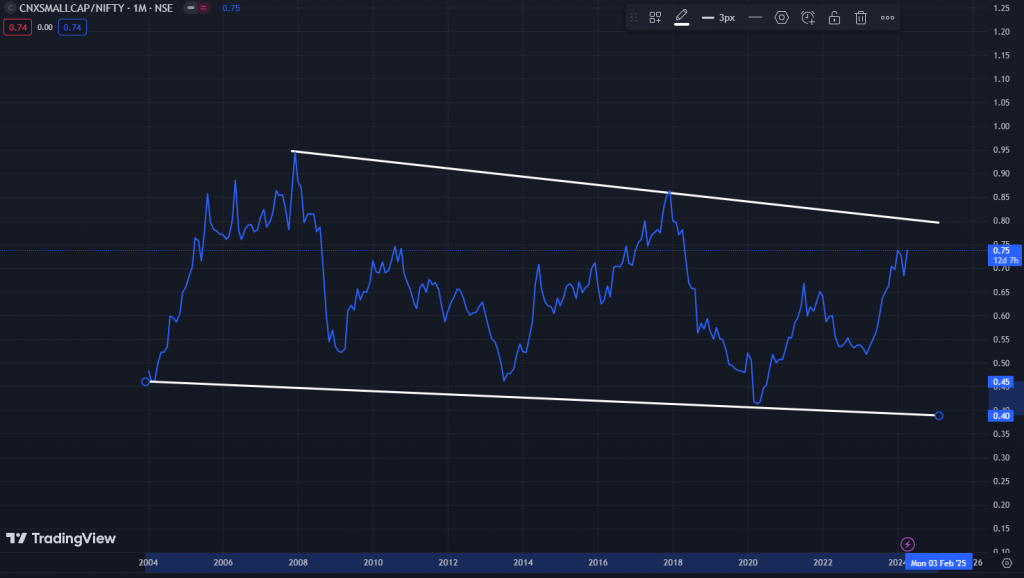Breaking the Myth
Diversification is a topic often discussed in the realm of investing. Many experts advocate for a limited number of stocks in one’s portfolio, typically ranging from 15 to 25. However, let’s take a closer look at the legendary fund manager, Peter Lynch, whose approach challenges this conventional wisdom.

The Peter Lynch Approach
Peter Lynch, renowned for his tenure at the Fidelity Magellan Fund, achieved remarkable annual returns of 29.2% during his 13-year leadership. What sets Lynch apart is his unconventional approach to diversification. Despite the common belief in holding a limited number of stocks, Lynch maintained a portfolio with over a thousand individual positions at various points in time.
While some may argue that holding such a vast number of stocks dilutes the quality of the portfolio, Lynch’s success speaks otherwise. His strategy focused on rigorous stock selection criteria, allowing only those stocks that met his stringent standards to enter the portfolio.
For individual investors, this approach to diversification offers valuable insights. Rather than fixating on a specific number of stocks, the emphasis should be on the quality of each investment. As long as there is no overlap between different strategies and each stock meets the defined criteria, a larger number of holdings can provide effective diversification without increasing risk disproportionately.
Lynch’s success serves as a compelling example of how diversification can be achieved through a broad yet selective approach to stock picking. In an era where traditional advice advocates for fewer holdings, Lynch’s strategy challenges the status quo and offers a fresh perspective on portfolio management
Spotlight – Can Small Caps continue to outperform Large Caps ?
This ratio chart illustrates the performance of Small Caps relative to Large Caps over a 20-year period, ranging between 0.4 and 0.95. A rising trend line indicates Small Caps outperforming Large Caps, while a declining trend line suggests the opposite.

During market uptrends, Small Caps typically excel as the numerator experiences more substantial growth than the denominator, driving the ratio upwards.
Conversely, in bearish market conditions, Small Caps endure sharper declines compared to Large Caps, causing the numerator to contract more rapidly, leading to a downward trend in the ratio.
Notable examples include the 2008 Global Financial Crisis and the 2018 small cap crash.
Presently, the market appears to be maintaining an upward trajectory, potentially signalling further potential on the upside before a healthy correction ensues.
While we may not exactly know how much steam might be left for small caps in the current rally, one can surely consider more allocations towards large caps as the ratio expands towards previous tops around 0.8 & 0.9.
From a generic point of view, it is advisable to maintain diversified allocations across all market cap segments rather than attempting to time entry and exit points within a single segment.

Disclaimers and disclosures : https://tinyurl.com/2763eyaz
If you have any questions, please write to support@weekendinvesting.com









